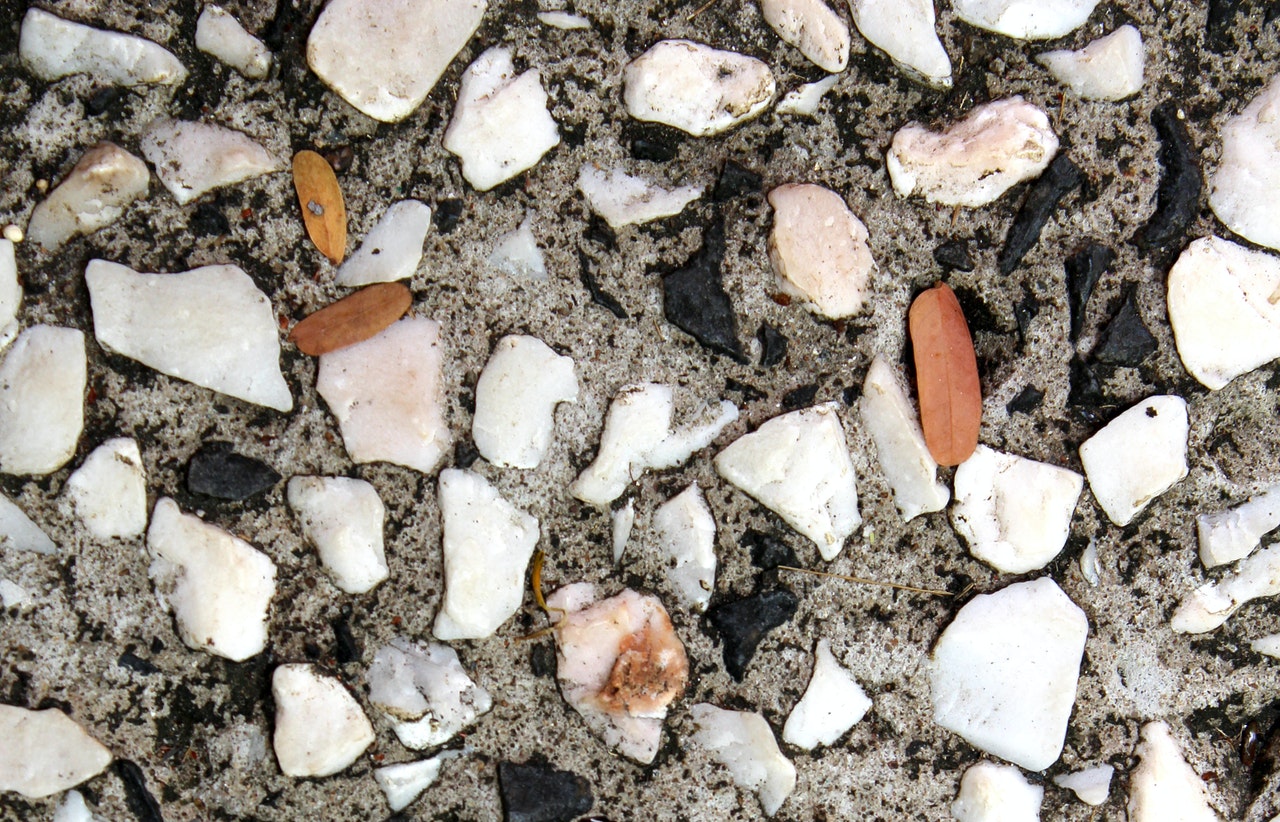With the production of more than 16 billion metric tonnes per year, concrete has become the most widely used material on earth. Thus, the aggregates, which occupy three-quarter of the volume of concrete is also subjected to high demand. The production of aggregates to match the demand increment of concrete has become a challenging task. The increased production of quarried and crushed coarse aggregates raises concerns as it emits significant quantities of greenhouse gases. Objections to opening quarry pits, problems associated with dumping of construction and demolition waste, taxation policies and subsidies are some other major factors influencing the adoption of environmentally friendly aggregates in concrete. In addition, finding a sustainable alternative to conventional quarried aggregates is also of importance. With the current consumption trends, Australia has to produce 210 million tonnes per year by 2056, which is more than 50% increment in comparison to the current production rates. Over the past decade, significant research has been conducted to alleviate these concerns regarding coarse aggregate demand. However, the currently available alternative coarse aggregates have drawbacks such as complex production procedures and high associated costs making them less feasible solutions. As such, there remains an imperative to investigate the performance and viability of alternative sustainable aggregates for use in concrete. RMIT research team developed new coarse aggregate! The production of geopolymer coarse aggregate (GPA) employs high pressure and reduced temperature production techniques to process low calcium fly ash, adding value to abundant industrial waste material. The optimized mix design produces 32 MPa compressive strength at 28 days with 100% replacement of quarried aggregates with this naval geopolymer coarse aggregate. RMIT researchers are currently investigating the long term engineering performance of this geopolymer coarse aggregate concrete. They will further investigate the damage response of this concrete using relevant computer models.



